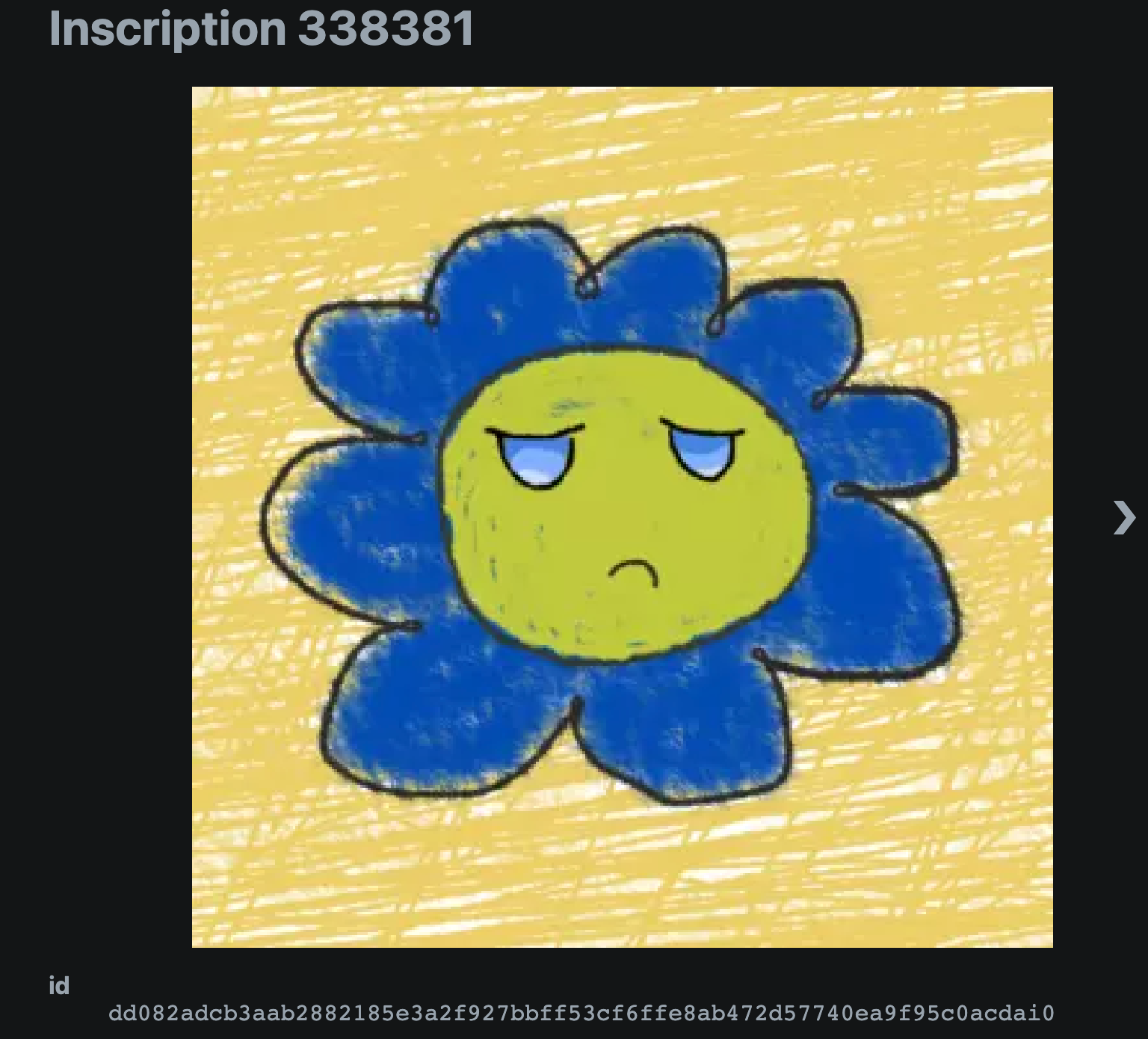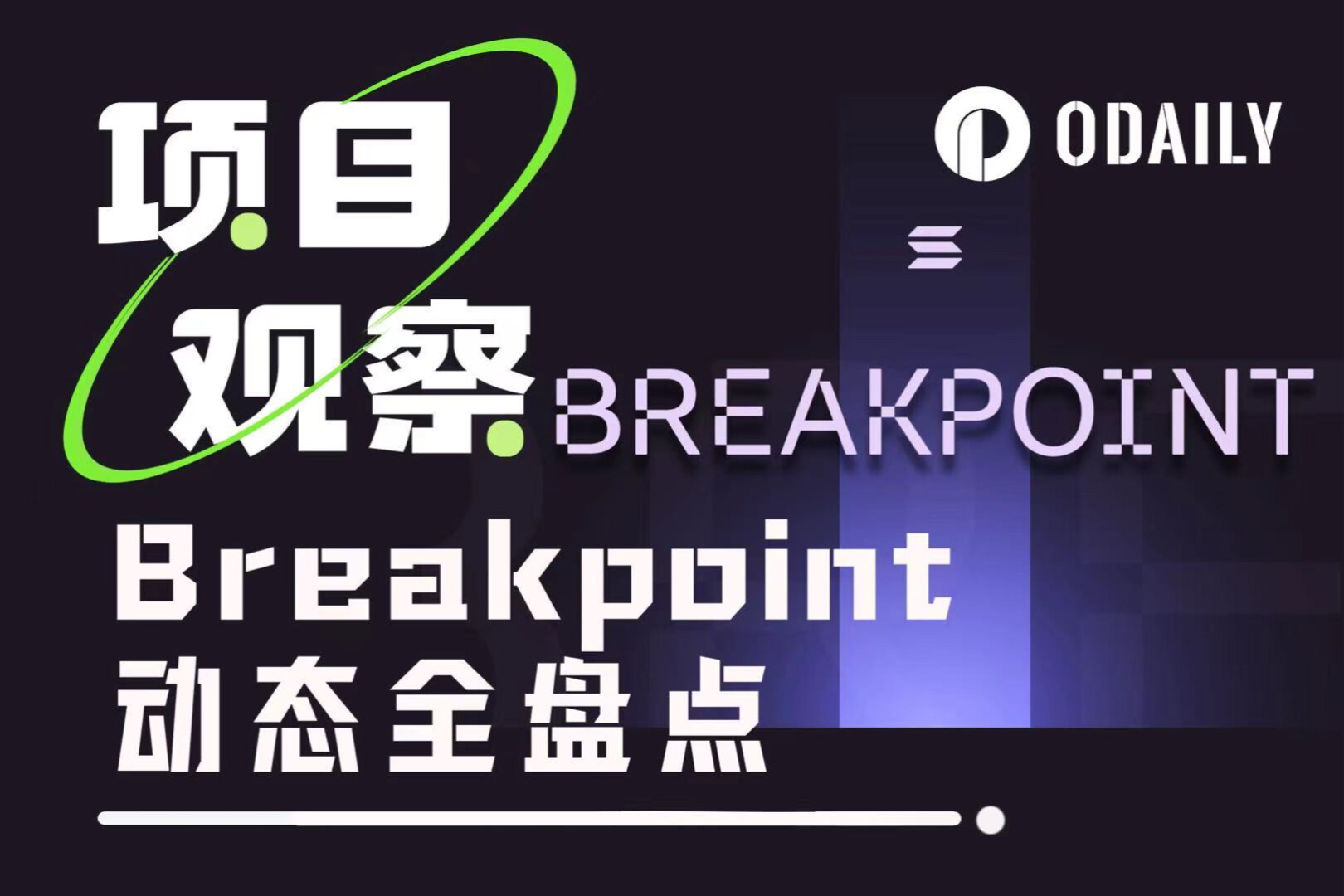veDAO研究院:一文看懂BTC NFT以及未来潜力
春节过后,Web3行业最大的热点来源,不是L2新星Arbitrum的强势崛起、也不是两大新型王牌公链Aptos和Sui的明争暗斗。反而是来自Web3活化石的BTC。自从去年 12 月 14 日,Ordinals 协议推出以来,截至 3 月 6 日,已经有超过 30 万枚NFT被铸造,而第一个使用 Ordinals 免费铸造的 10 K 集合 Bitcoin Punks 在不到一天的时间内便被一抢而空。这在以前,几乎不敢想象,BTC 一直以来,几乎就是迟缓和昂贵的代名词。
人们除了关心比特币的价格走势以外,不会对它倾注更多的关注度。以至于比特币被戏谑为:“纯金打造的老爷车,最大价值就是在博物馆里展览。”
但现在,BTC 毫无疑问迎来了第二春。根据 Dune 显示,比特币 NFT 在今年 2 月迎来了高峰:
链接:https://dune.com/dgtl_assets/bitcoin-ordinals-analysis

可能到现在,还有许多人对「比特币生态繁荣」、「比特币出 NFT」这些概念还一脸懵逼。接下来我们就一一为大家说明:
什么是 BTC NFT
如果用一句话来形容:BTC NFT 就是基于 BTC 生态所发布的 NFT 产品。听上去,似乎和ETH NFT Polygon NFT 没什么区别。
但事实上,BTC 链上 NFT 的发行,是基于 BTC 网络最小计量单位 Sats(聪)来定义的。首先我们需要先了解下什么是 Sats:比特币小数点后第 8 位的名称,与 BTC 比值为 1 亿: 1 ,为了纪念 Satoshi(中本聪)的伟大创举而以 Sats 命名。那么 BTC 网络上,是如何用 Sats 来发行 NFT 的呢?这里就不得不提一个协议:Ordinals。
链接:https://ordinals.com/
Ordinals 是基于 BTC 网络的一种 NFT 协议,旨在为每 satoshis(sat)分配唯一身份。通过使用 Ord 软件,该协议将数据添加到这些 sats,并允许软件用户基于一个序数(ordinal numbers)系统来跟踪它们。换言之,Ordinal 协议将比特币最小单位 sats 以 NFT 的形式表现出来,并为 sats 赋予了理由充分的交易价值和收藏价值。当最小单位成为新的炒作标的,某种程度上,也算对比特币做了一次扩容。
自从 Ordinals 协议诞生后,用户就可以在比特币链上铭刻信息,包括文字/图片/音频/视频,从而创造出了比特币链上的 NFT。
就好比在一张 1 毛钱的货币上刻上你的名字和图片,这样,这张 1 毛钱就变成了 Non - Fungible Token。譬如这编号为 dd 082 adcb 3 aab 2882185 e 3 a 2 f 927 bbff 53 cf 6 ffe 8 ab 47 2d 57740 ea 9 f 95 c 0 acdai 0 ,就有以下的特征:这枚 Sats 被挖出的时间,百分位,名字,挖出的所在的区块还有稀缺度,等等,同时这枚 Satoshi 还被铭刻上了一张可视化的 jepg,根据这些特征,你都可以很方便的寻找到它。这枚 Sats 也叫做 Inscription 338381 ,也就是它是第 338381 号被篆刻的铭文。

与智能合约相比有什么不同?
通过上文,我们了解了 BTC NFT 的由来,那么它和当前市面上常规的 ETH NFT 等有何不同呢?首先我们需要先明确一下智能合约 NFT 的定义。
智能合约 NFT 定义:
Smart Contract NFT:如何实现唯一性&不可分割性:由整数构成的 Token ID 映射到包含 NFT metadata(名字、描述、图片地址)的 URL 中,再以合约作为集合边界,于是通过合约地址→TokenID→metadata 就可以一层层的将某个特定 NFT 检索到。
Collection:用 721 或 1155 协议合约来进行 NFT Collection 的发行,转移。
Metadata:通常存储在 IFPS 或中心化服务器,Collection 的智能合约中有 metadata 的属性,设置 metadata 指向一个 URL 存储地址
交易:通过 Marketplace 交易合约,将 NFT 转移权限授权给交易合约
也就是说,一个 NFT 至少应该具备四种要素:唯一性、不可分割性、可转移性以及可描述性。我们来看看 BTC NFT 是如何实现的?
BTC NFT:
唯一性:Ordinals 序数理论:序数是按照聪被开采的顺序将其从 0 开始编号,第一个区块中的第一个聪的序号为 0 ,第二个聪的序号为 1 ,最后一个聪的序号为 4999999999 ,从而每个聪具备了 ID 属性。
不可分割性:上文可知,Sats 是 BTC 最小单位,无法再被拆分。
可转移性:将交易输入中的聪按先进先出的顺序转移到输出 sats,从而实现定向转移。但目前交易过程,由于没有智能合约,因此需要一个中心化的平台来充当仲裁者。
可描述性:存储在 BTC 链上,因此有大小限制。因铭文在链上,无法引用链下内容,所以无法被修改,而不像是以太坊 NFT 通过链下的IPFS或者 AWS 中去索引,但也因无智能合约等问题所以铭文无法支持链上版税。
如何获得 BTC NFT?
硬件要求
电脑 1 t 以上固态硬盘,一般大家都会用自己的个人电脑去安装比特币全节点,除去自己使用的空间外,至少还需要 600 g 的空间存放比特币区块。
正常的网络环境,同步需要时间比较长, 大概需要 10 个小时左右,国内用户可能需要翻墙,或者需要更长的时间。
流程
需要下载 BitCoin Core 并同步全节点 , 500 Gb+空间;
需要下载 Ordinal 并创建 Ordinal 钱包;
使用 ord 协议的指令进行 Satoshi 的刻画;
设置铭文,比特币的铭文可以是一个图片,也可以是一个 txt 文档,下面以 txt 文档为例,铸造一个 sats 域名。
打开‘文本编辑’这个自带的软件,输入 sats 官方要求的内容
格式-制作纯文本,然后保存为 txt 文件,复制文件保存的路径。
在 ordinals 命令窗口中,输入 ./ord wallet inscribe ‘文件路径’ - - fee -rate <当前费率>。可以在这里查看当前的最优先费率。这里要注意,一定要手动设置费率,因为默认的费率是 1 ,不设置会被卡住无法确认交易。
等待区块确认,运行 ./ord wallet inscriptions 即可查看铭文信息。或者去 ordinals 官网也能看到最新的信息。
转入 BTC 到钱包。
设置铸造机器人:方便铸造和接收订单。
铸造 NFT:可以很简单地上传图片/音频/视频,让机器人帮我们铸造成 NFT。文件大小越大,铸造所需要花费的汽油费越多,则越贵。
铸造 Sats 域名:比特币上的域名购买一次,永久免费,不需要每年续费。
以上流程为全节点搭建的 BTC NFT 铸造方法,这样做的前提需要用户在自己的电脑上同步 BTC 的全节点,尽管很麻烦,但能够减少铸造过程中的手续费损耗,也有利于深度参与之后的 BTC NFT 生态。
如果用户认为搭建全节点太过麻烦,事实上,目前业内也已经有许多第三方的节点来替代铸造。比如:ordinalsbot、Gamma、unisat_wallet 等等。这些第三方的好处在于用户能很简化铸造流程,但也意味着需要支付更多的手续费和产品服务费。关于这些产品的说明在下文中有所阐述。
BTC NFT 生态解读:
(1 )Yuga Labs:NFT 领域最强 IP 缔造者 Yuga Labs 官宣一项计划:将基于 Ordinal 协议在比特币区块链上推出 NFT 系列 TwelveFold。TwelveFold 基于 12 x 12 大小的网格,这是比特币区块链数据制图的视觉寓言。此外,与 BAYC 等 PFP 此列不同,构成 TwelveFold 系列的作品由 Yuga Labs 的艺术团队使用3D建模、算法构造和高端渲染工具在内部制作,以致敬目前手工完成的序号铭文。
链接:https://yuga.com/
(2 )DeGodsNFT:Solana生态 NFT 项目 DeGods 已经将其 535 个 NFT 在 Solana 链上销毁,并利用 Ordinals 协议在比特币链上一个单独的区块中铸造为“铭文”(inscription)
链接:https://degods.com/
(3 )Crypto Punks:Crypto Punks 是第一个在比特币网络发行 NFT 的项目,目前 BAYC 也考虑在比特币中发行 NFT。
链接:https://bitcoinpunks.com/
(4 )Gamma.io: Gamma 平台旨在将收藏家、创作者和投资者聚集在比特币生态系统中。该平台由 NFT 市场、Launchpad 以及社交互动三个核心产品组成。用户可以使用 Gamma 机器人提供的工具铸造 NFT,解决了在比特币网路上创建 NFT 技术门槛较高、复杂且耗时的痛点。
链接:https://gamma.io/
(5 )Ordinals Bot: Ordinals Bot 同样也是一款在 Ordinals 协议上铸造比特币 NFT 的工具,该工具可免去用户在铸造比特币 NFT 时运行比特币节点的麻烦。玩家可以上传你需要铸造的 NFT 文件,填写你需要接收的 NFT 地址(地址建议是 bc 1 开头),点击"Submit & Pay Invoice"后会弹出付款地址和付款二维码,付款即可。这个比较友好的是付款支持闪电网络和比特币主网。因为比特币网络较慢,所以付款之后可能 10 ~ 60 分钟才可能会正式被网络确认生效。
链接:https://ordinalsbot.com/
(6 )Stacks:Stacks 是一个由比特币建设者发起的开源项目,是可使用智能合约的比特币Layer 2 。严格意义上来讲,任何能在以太坊、Solana 上构建的,都可以在 Stacks L2 s 上构建。目前 Stacks L2上的合约已锁定了 2.5 亿美元,并已向用户发放了 2200 枚比特币作为奖励。Stacks 今年即将推出的下一版本将增加一个去中心化的 BTC 锚定,可以轻松实现将 BTC 转入或转出 Stacks L2。
链接:https://www.stacks.co/
(7 )getAlby:支持比特币闪电网络支付
链接:https://getalby.com/
(8 )Xverse:支持 BTC NFT 储存
链接:https://www.xverse.app/
目前基于 BTC NFT 概念诞生的项目非常丰富,本文在此汇总几个标杆性的项目代表。veDAO 研究院接下来会发布关于更详细的 BTC NFT 生态汇总,敬请期待。
总结
尽管 BTC NFT 生态非常繁荣,但目前比特币板块的融资情况却不容乐观。截止到 2 月 22 日,据 The Block 的数据,过去一年目前比特币生态只有 5 亿美元,和整个行业近 300 亿美元融资总额相比,实在不符合比特币作为区块链霸主的身份。
除了融资问题以外,当前 BTC NFT 也有诸多诟病:
首先是门槛奇高:
内存需求高;
操作流程繁琐;
Gas 昂贵,消耗资金量大,小玩家难以负担。
其次,被 BTC 原教旨主义者所抵制:
上文所讲,将 Sats 赋予价值和意义,某种程度上算是一种为 BTC 扩量的行为,这会让许多 BTC 原教旨主义者认为影响了 BTC 的稀缺性。
此外,将比特币赋予 NFT 的功能,也被 BTC 原教旨主义者视为违背了比特币白皮书所倡导的精神内核。
但不论怎么样,此次 Ordinals 的 NFT 创新,一定程度上也是对古老比特币未来发展路径的一种新颖的尝试,再加上 btb 生态本身资金体量巨大,随着比特币生态逐渐被重视,比特币内部所积蓄的潜力也将被进一步释放。
参考文献
@Jason_chen 998
@CH_ 909
关注我们
veDAO 是一个由 DAO 主导的去中心化投融资平台,将致力于发掘行业最有价值的信息,热衷于挖掘数字加密领域的底层逻辑和前沿赛道,让组织内每一个角色各尽其责并获得回报。
Website: http://www.vedao.com/
Twitter: https://twitter.com/vedao_official
🔴投资有风险,项目仅供参考,风险请自担哦🔴



